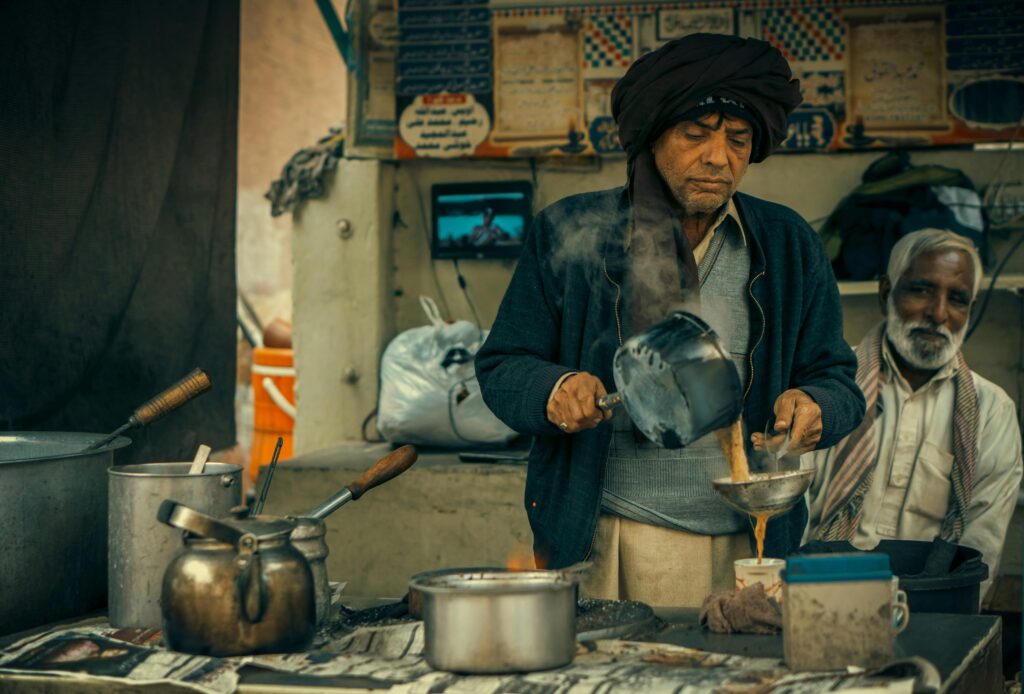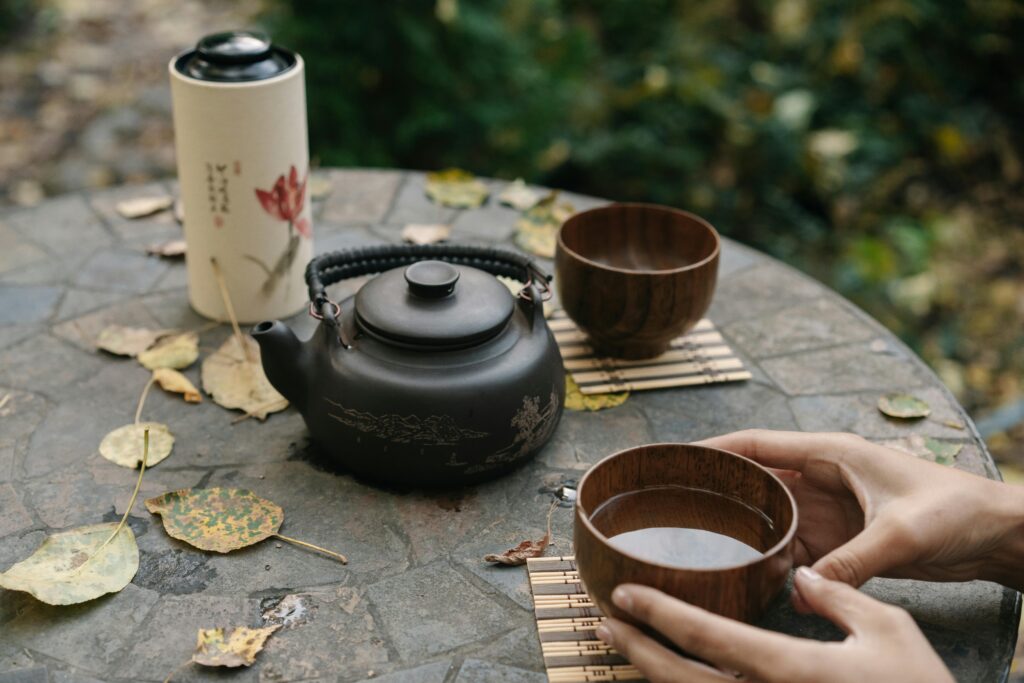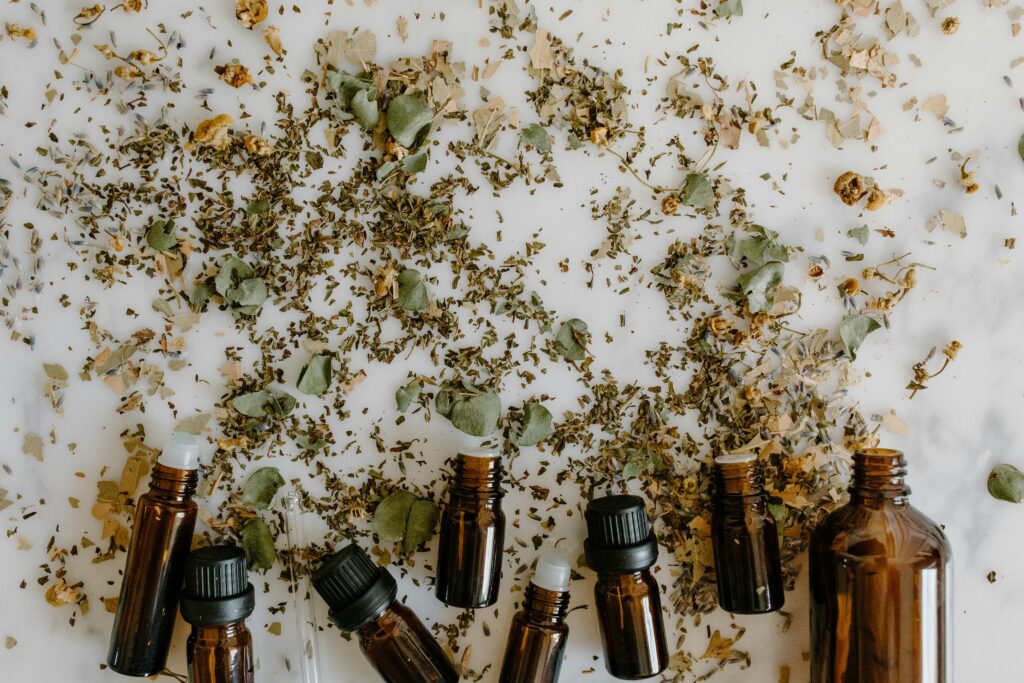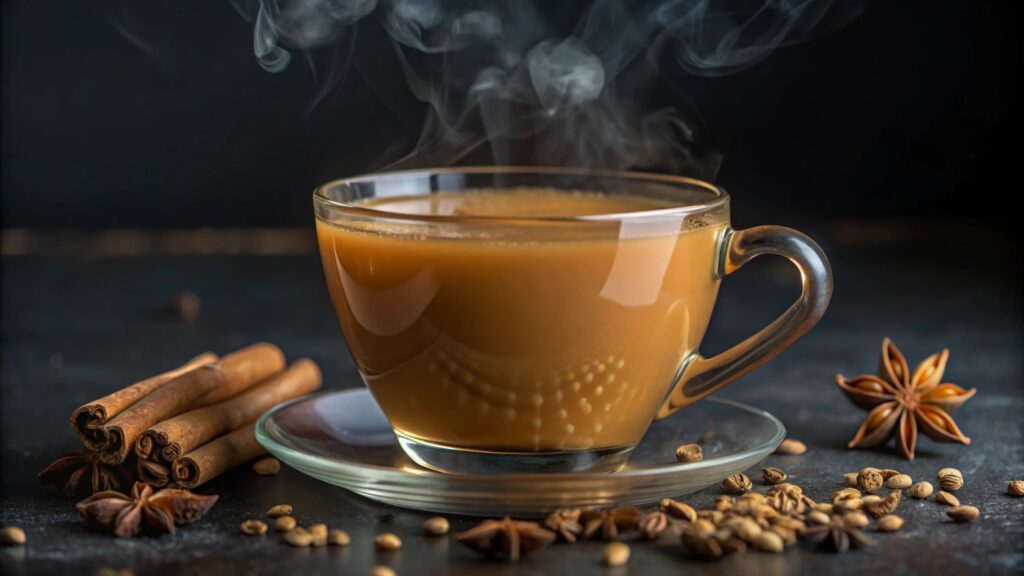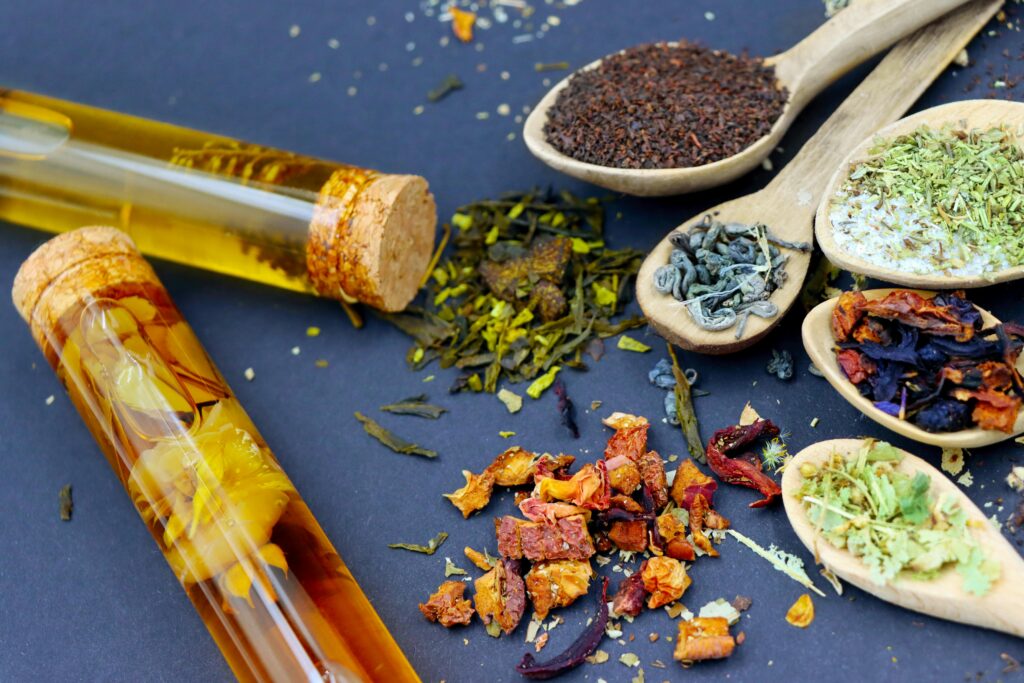Chai is more than just a hot beverage in Pakistan—it’s a national obsession, a daily ritual, and a cultural bond. While chai is enjoyed at home and in modern cafés, it’s the street-side dhaba chai stalls that truly capture the essence of Pakistani tea culture. These bustling roadside spots are more than tea vendors; they’re social hubs, storytelling corners, and symbols of tradition.
This article takes you on a journey through Pakistan’s street chai culture, exploring its history, flavors, traditions, and enduring significance.
The Origins of Dhaba Chai in Pakistan
The concept of the dhaba (a small roadside eatery) originated in South Asia to serve travelers, truck drivers, and workers. In Pakistan, dhabas quickly became community gathering spots where people from all walks of life came together.
Tea was always the centerpiece. Unlike elite tea houses, dhabas offered affordable chai for everyone, symbolizing equality and shared experience. Over time, dhaba chai became a cultural staple, transcending class, age, and profession.
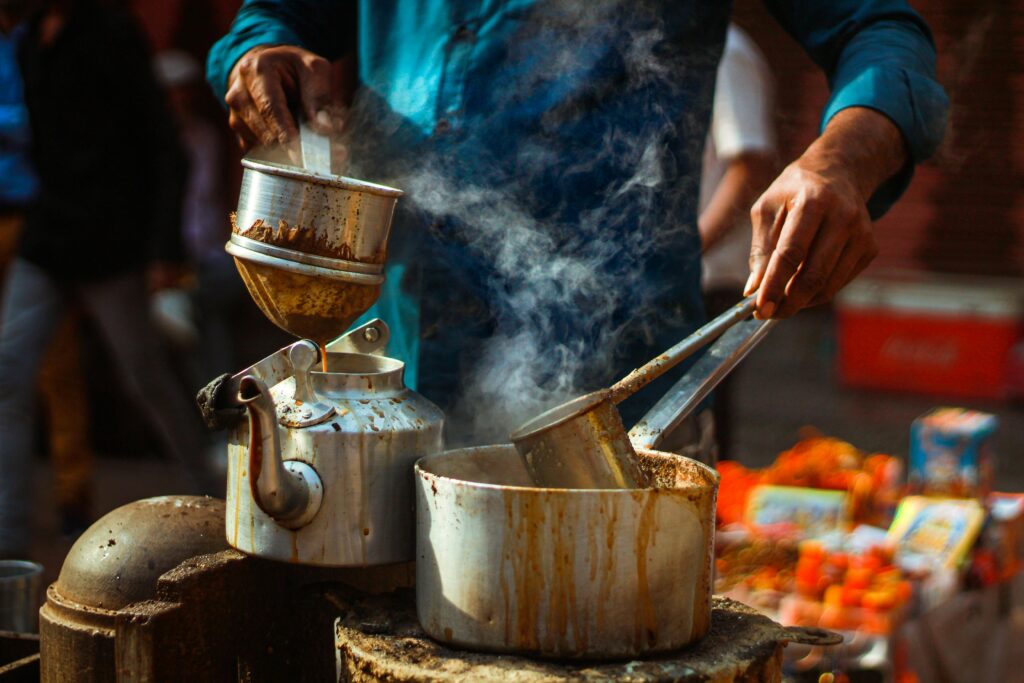
The Experience of Street Chai
Drinking chai at a Pakistani dhaba is not just about taste—it’s about the atmosphere and ritual.
- Ambiance: Plastic chairs, wooden benches, or charpais (woven beds) set under dim bulbs or open skies.
- The Pouring Ritual: Chai-walas pour tea from steel kettles into chipped cups or glasses, creating frothy swirls.
- The Soundscape: Clinking cups, sizzling pans, and conversations about politics, cricket, or poetry.
- The People: From students and workers to businessmen and travelers, everyone finds comfort here.
It’s a raw, unfiltered slice of Pakistani life.
Signature Flavors of Pakistani Street Chai
Street chai isn’t uniform—it varies by region, stall, and even chai-wala style. The most popular types include:
- Doodh Patti Chai – Strong tea boiled in milk and sugar; creamy, rich, and the most common dhaba chai.
- Kashmiri Chai (Pink Tea) – A winter specialty with pistachios and almonds, often served at dhabas in colder regions.
- Elaichi Chai – Cardamom-infused tea that balances sweetness with spice.
- Masala Chai – A spiced version with ginger, cloves, and cinnamon, influenced by Indian flavors.
- Qahwa (Green Tea) – More common in northern dhabas, especially in Gilgit-Baltistan and Khyber Pakhtunkhwa.
Chai and Pakistani Hospitality
Hospitality is at the heart of Pakistani culture, and chai plays the leading role. Inviting someone for a cup of tea is not just polite—it’s an act of friendship. At dhabas, this hospitality is amplified, where strangers often share a table, a conversation, and a connection over tea.
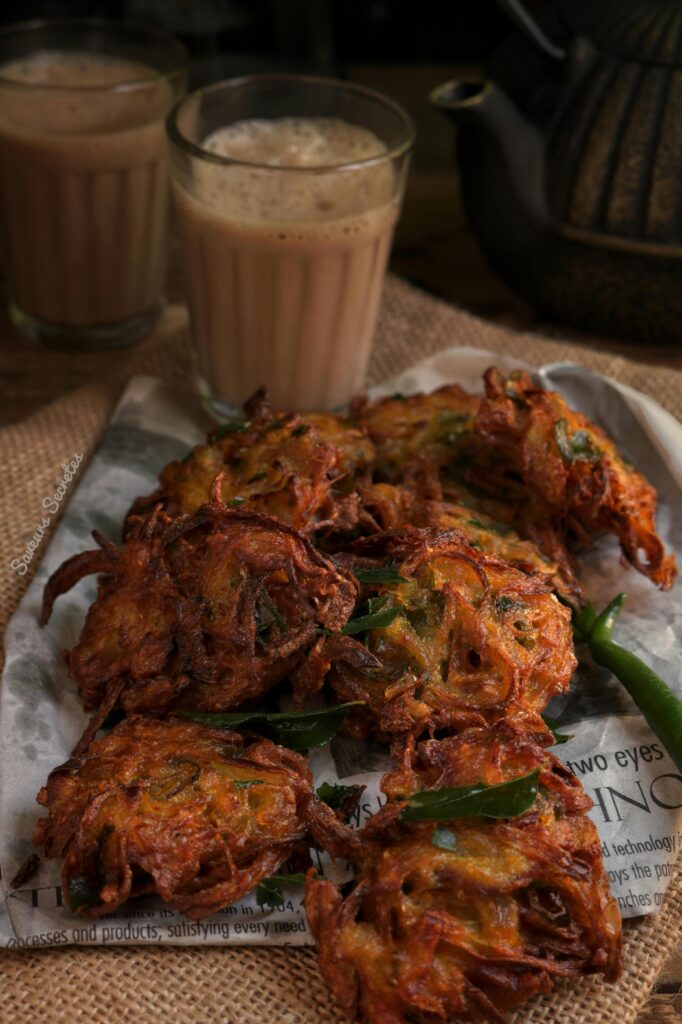
Dhaba Chai and the Working Class
For Pakistan’s working class, dhaba chai is a lifeline. Truck drivers sip steaming cups to stay awake on long journeys, laborers recharge with tea breaks, and students gather to plan their futures over endless refills.
Dhabas also provide affordable meals, but chai remains the most symbolic and democratic beverage, accessible to all.
The Social Hub: Conversations Over Chai
Street chai stalls are more than eateries—they’re public forums. At any dhaba, you’ll hear heated debates on politics, storytelling, poetry recitations, and of course, passionate discussions about cricket.
Some chai stalls even become legendary hangouts for poets, activists, and artists who shape cultural movements.
Street Chai in Urban vs Rural Pakistan
- Urban Dhabas: Found in cities like Karachi, Lahore, and Islamabad, often packed late into the night. Students and young professionals flock to them for casual hangouts.
- Rural Dhabas: Simpler, located along highways or village centers, serving truckers and locals. The chai here is often stronger, brewed in big kettles over coal stoves.
Both settings reflect the adaptability of chai culture—always welcoming, always unifying.
The Modern Twist: Chai Cafés
In recent years, Pakistan has seen a rise in trendy chai cafés inspired by traditional dhabas. Chains like Chotu Chaiwala, Chai Kada, and Chai Shai replicate the rustic dhaba vibe with modern flair.
These spaces attract younger crowds looking for Instagram-worthy moments while still honoring the cultural legacy of dhaba chai.
Health Aspects of Dhaba Chai
While dhaba chai is delicious, its health value depends on preparation:
- Pros: Provides antioxidants, boosts energy, and offers comfort.
- Cons: High sugar and excessive milk may not be ideal for those with dietary restrictions.
That said, the joy of sharing a cup often outweighs health concerns—it’s about community more than calories.
FAQs on Street Chai in Pakistan
1. Why is dhaba chai so popular in Pakistan?
Because it’s affordable, flavorful, and deeply tied to social traditions.
2. What makes dhaba chai different from home chai?
Dhaba chai is usually stronger, sweeter, and boiled longer in large kettles.
3. Is dhaba chai hygienic?
It varies by location. While some dhabas are rustic, many maintain good hygiene standards.
4. What snacks are paired with dhaba chai?
Samosas, pakoras, parathas, and biscuits are the most common pairings.
5. Do all regions of Pakistan serve the same type of chai?
No—regions like Kashmir and Gilgit-Baltistan have their own specialties, such as Kashmiri Chai and Qahwa.
6. Are modern chai cafés replacing traditional dhabas?
Not really—while chai cafés attract younger crowds, dhabas remain timeless and irreplaceable.
Conclusion
Street chai in Pakistan is more than tea—it’s a cultural heartbeat, a social equalizer, and a daily comfort. From the bustling highways to the quiet corners of villages, dhaba tea culture continues to thrive, reminding us that sometimes the simplest pleasures—like a steaming cup of chai—are the most profound.
Whether it’s a roadside stall or a modern café, chai in Pakistan remains a timeless tradition, bringing people together, one cup at a time.
For more on South Asian tea culture, check out Tea Epicure for global insights.
The Health Benefits (and Myths) of Drinking Pakistani Chai Daily
If there’s one thing that unites Pakistanis across all walks of life, it’s chai. Whether…
The Best Morning Teas for Energy and Focus
Starting your day with the right beverage can make all the difference. While coffee is…
L-Theanine and Anxiety: How This Amino Acid in Tea Works
When you sip a warm cup of green tea, you’re not just enjoying a soothing…
Top 5 Karak Chai Variations You Must Try for Rich Flavor
Karak Chai is not just tea—it’s a warm hug in a cup, deeply rooted in…
Street Chai in Pakistan: A Journey Through Dhaba Culture
Chai is more than just a hot beverage in Pakistan—it’s a national obsession, a daily…
7 Best Teas for Anxiety Relief (Backed by Science & Tradition)
nxiety is one of the most common struggles of modern life. While therapy, exercise, and…
